Free Courses Sale ends Soon, Get It Now


Free Courses Sale ends Soon, Get It Now


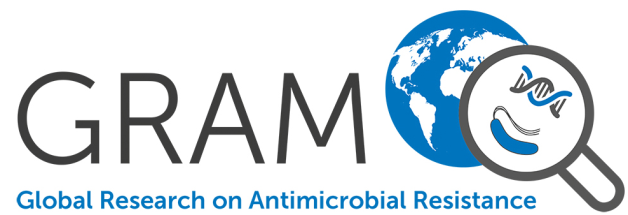
Disclaimer: Copyright infringement not intended
Context
|
GRAM GRAM is the flagship project of the University of Oxford Big Data Institute–IHME Strategic Partnership. GRAM was launched with support from the United Kingdom Department of Health’s Fleming Fund, the Wellcome Trust, and the Bill & Melinda Gates Foundation. The purpose of the Global Research on AntiMicrobial resistance (GRAM) Project is to generate accurate and timely estimates of the magnitude and trends in antimicrobial resistance (AMR) burden across the world. Importance: This data can be used to inform treatment guidelines and agendas for decision-making and research, detect emerging problems and monitor trends to inform global strategies, as well as facilitate the assessment of interventions over time. |
What are antimicrobials?
What is antimicrobial resistance?
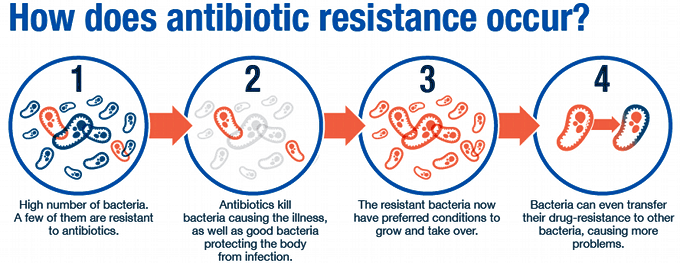
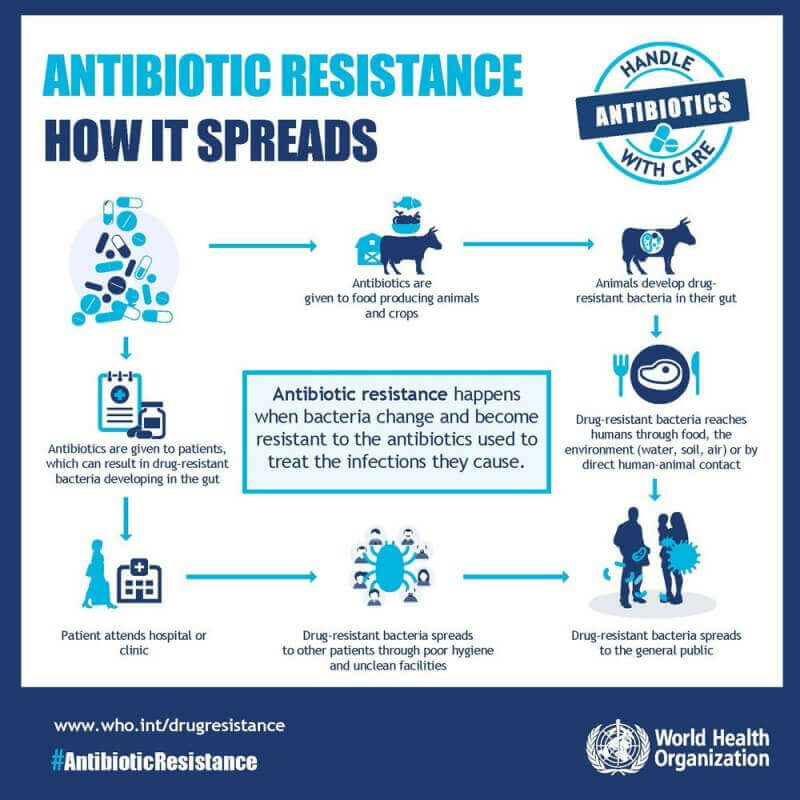
Factors leading to AMR

Impact of AMR
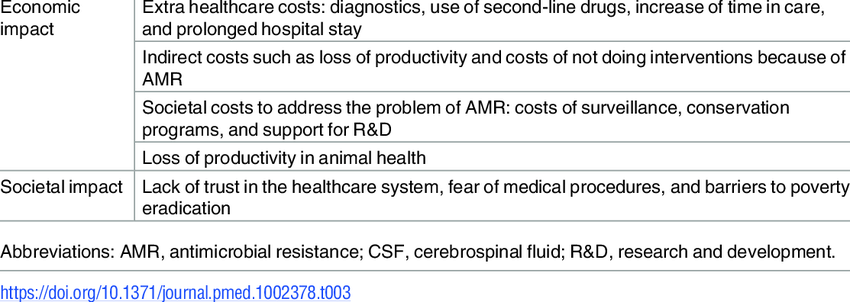
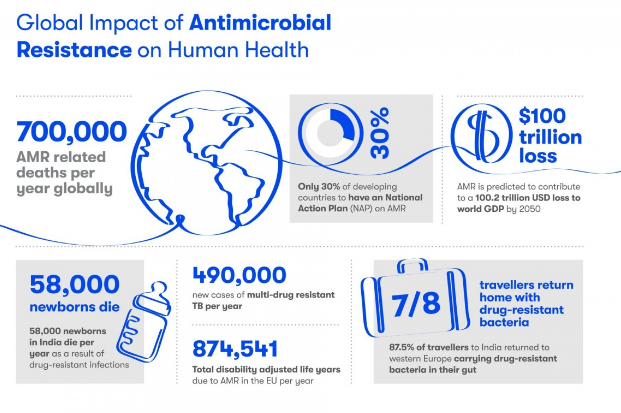
Statistics
Findings of the GRAM report
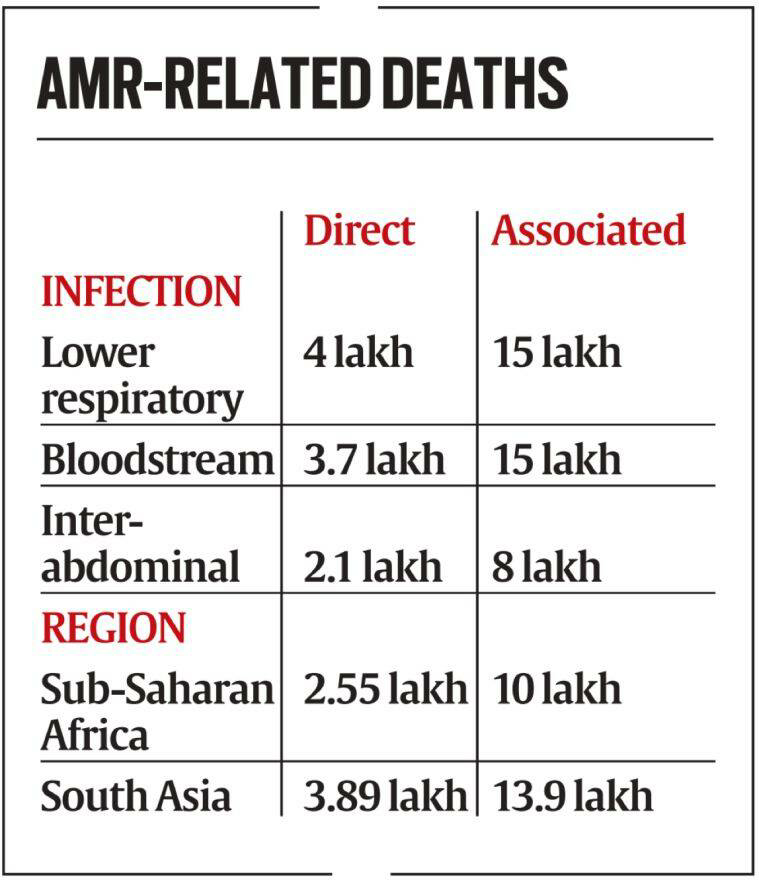
Steps taken to curb AMR in India
Red Line Campaign
National Action Plan on Antimicrobial Resistance
Delhi Declaration on Antimicrobial Resistance
AMR Surveillance Network
AMR Research & International Collaboration
Initiatives to control overuse or misuse of antibiotics
Guidelines issued
Way Ahead
© 2024 iasgyan. All right reserved